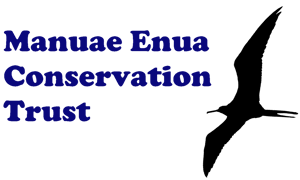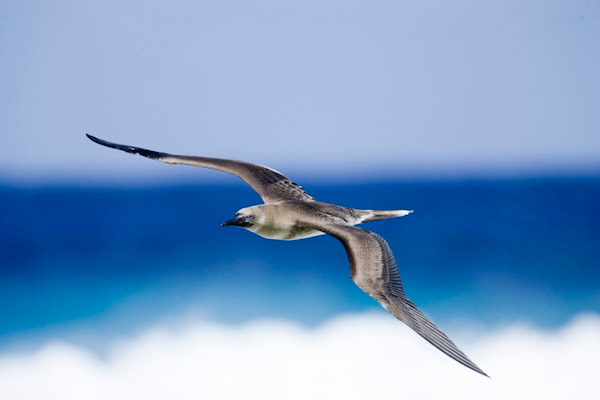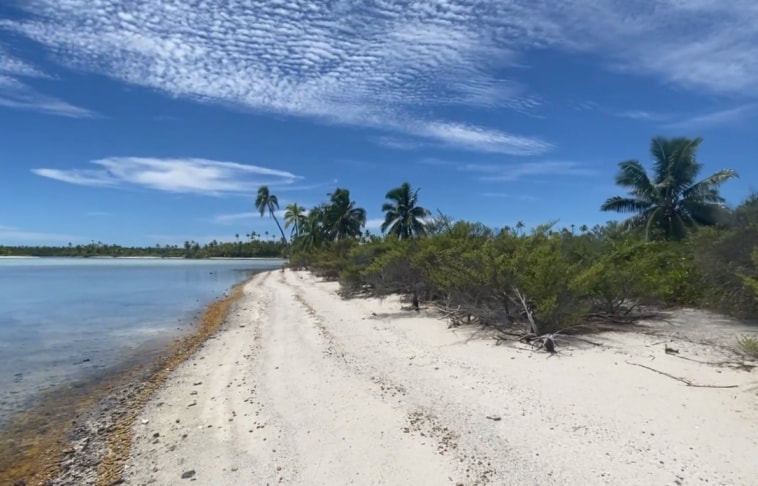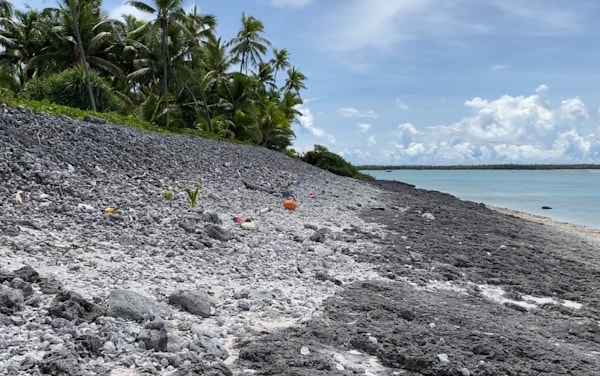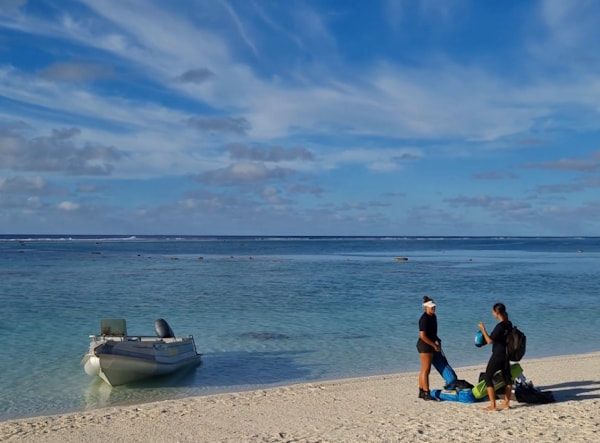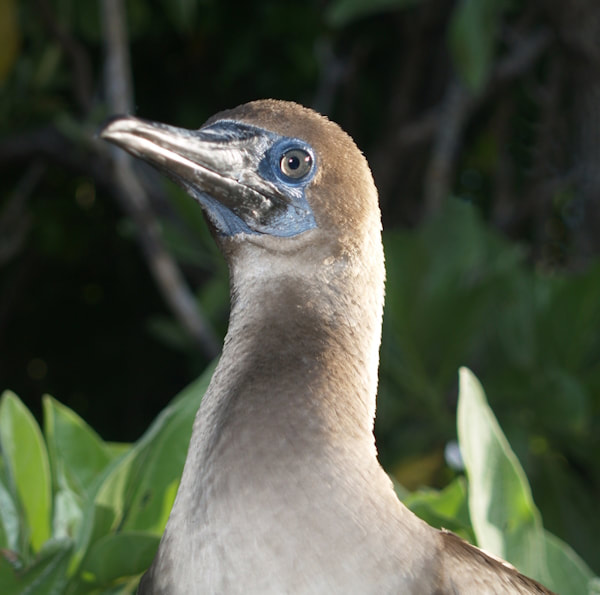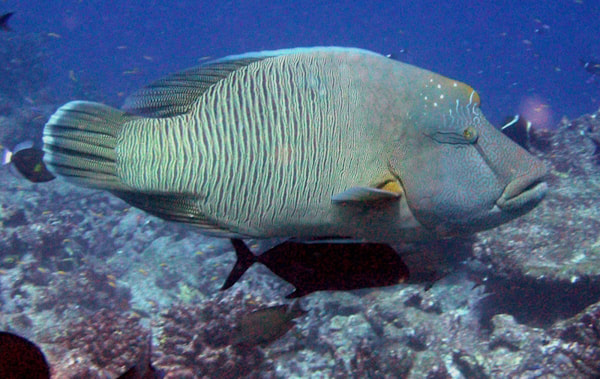Te Mou O Manuae - Manuae National Park:
The PMI committee have passed a resolution to manage uninhabited Manuae Atoll as a National Park. The not-for-profit Manuae Enua Conservation Trust has been established, and is mandated by resolutions of the PMI to sustainably manage our atoll according to the IUCN “National Parks” protected areas definition:
National Park: “Large natural or near natural areas set aside to protect large-scale ecological processes, along with the complement of species and ecosystems characteristic of the area, which also provide a foundation for environmentally and culturally compatible spiritual, scientific, educational, recreational and visitor opportunities.”
Ko tō mātou au manamanatā ‘atu’paka, koia ‘oki:
- Ko te eru’anga ra’i ō te pā’ua, e pērā te unga ‘a’kari mei Manuae mai.
- Ko te tātītā’anga e te tāreporepo’anga i ā runga i te enua, e pērā katoa, i ā roto i te tai.
- Te ra’i atūra te tākinokino’anga ā te kiore i te au manu, te tākinokino katoa ’ia nei ē te tītā rerevao, te au rākau tupu nātura, ē te vai atūra.
We intended to tackle these problems by:
- protecting the native land and marine species.
- minimizing further pollution of the land and lagoon.
- encouraging the recycling of waste.
- eliminating the poaching of clams and other illegal fishing activities.
- minimizing damage to the coral reef and other ecosystems.
- encourage equal participation of men, women, and all genders in activities.
- educating the young people of the Cook Islands about the environment, human history, and traditional culture of their islands.
- promoting sustainable development initiatives, especially eco-tourism, scientific research, sustainable harvesting of traditional foods and education.
- encouraging the use of solar panels and other smart technologies to reduce the impacts on the environment.
Biodiversity conservation:
Currently, there is a major problem with people poaching pa’ua (clams) and coconut crabs illegally, some have been for sale to restaurants and some for sale to the public, including on Aitutaki, Rarotonga and New Zealand. Hence, within our lagoon our native clams have been in rapid decline, especially around the area of the small boat passage on the northern coast. We plan to establish zoning of the lagoon, which will include a sustainable harvesting area for clams, plus some dedicated (no-take) marine reserve areas. Our local bird, insect, lizard, and plant populations have been heavily reduced, often due to the destruction of their natural habitats, but also because of the introduction if invasive species such as weeds and rats.
The decline in traditional medicine, arts, crafts, and fishing techniques:
The body of indigenous and traditional knowledge about our history and our land has been eroding over time with the sometimes-forceful relocation of landowners away from Manuae to other islands. This body of knowledge is orally passed down through the generations – traditional expressions and know how, traditional medicine and craft, traditional environmental calendar, indigenous weather watch knowledge, indigenous fishing methods to name a few. Currently, some are being practiced by a few individuals, sadly some are lost, so there is an urgent need to revive and transfer this knowledge on to future generations to prevent them being lost forever.
Awareness raising of the problems:
- We will endeavour to educate both local people and visitors on the increasingly serious environmental and cultural risks faced by the Manuae environment. Awareness raising will lead to better intentions and people will be more conscious of their impact and actions on the atoll.
- We will publish information on our website and in other forms to be distributed to local businesses and given to tourists upon arrival. This will highlight the major ways in which humans have had a negative effect on the local environment and suggest ways in which the reader can minimize their own impact.
- To raise awareness, we ultimately intend to set up a Manuae visitor centre and cultural/natural history display on Aitutaki. This will display environmental information about Manuae and its history, plus, will include information on traditional medicines, carvings, costumes, weapons, and dancing. The centre will educate tourists and locals about our fragile environment and will also support local businesses who maintain environmentally sensitive operations.
- In addition to this, the visitor centre will display examples of local handicrafts for sale, including details of where they can be purchased locally and on the internet. There will be a research area in the building with a library on Aitutaki and on Manuae.
- We intend to work with the eco-tourism operators on how to brief their clients on good environmental practices, and hence minimizing damage to the flora, fauna, marae, and historical buildings such as the abandoned copra station. We also intend to give talks in local schools to educate the children and encourage them to be more environmentally and culturally aware.
- We plan to involve young people in as many of our projects as possible, for they are the future guardians of Manuae Enua.
- We intend to establish the traditional concept of Are Ara (House of Knowledge) through the historical and cultural mapping of the lands
We need to develop a plan for looking after our island:
Management actions should include:
- survey of the biodiversity, archaeology, and historic sites.
- zoning of lagoon and land areas for different purposes.
- rangers (x2-4) at any given time on frequent rotations.
- accommodation building for rangers (cyclone shelter?).
- Manuae Administration Centre to be situated in Orongo, Aitutaki.
- communications - VHF radio/transmitter/satellite phones.
- smaller boats x 2 (one for each islet and 2 larger boats; one to be situated in Aitutaki, and one to be situated in Manuae, specifically for travels between Aitutaki and Manuae).
- clean up operation on the island – removal of hazardous waste (asbestos), plastics and other washed up or discarded waste.
- rat eradication and weed control.
- restoration of terrestrial, brackish and marine environments.
- bringing back to the atoll birds and plants that were once native to the island.
- fixing wells, water storage tanks, old copra buildings, maintaining tracks etc.
- wages and training for our rangers, plus money for their uniforms and food.
- publishing a quality book on the island’s Māori legends and European history.
- publishing a tourism targeted book and creating video guides for sale to tourists.
- support for school students to study the environment and culture of the Cook Islands.
- removal of some old (non-productive) coconut trees and other invasive flora.
- teaching our youth customary fishing and agricultural practices.
- research gender-based indigenous knowledge of the land.
- support for scientific research.
- funding scholarships for students.
- cultural mapping and restoration of marae, grave sites, and the abandoned copra buildings where possible.
Grant funding options during set-up phase:
In the short-term we aim to access grants and other funds via several sources:
- government grants and support.
- international grants/funding.
- sponsorship from local businesses.
It is our aim to become fully self-funded as soon as practically possible – revenue could include sustainable low impact enterprises such as:
- sea grape harvest (rimu).
- pa’ua harvest (sustainable).
- pearl farming demonstration project.
- permaculture vegetable farming to support local staff and visitors.
- premium coconut oil production.
- sustainable harvesting of coconut wood for furniture, traditional carving etc.
- ecotourism, including both day and overnight trips.
- catch and release bonefishing.
- filming fees.
- production of Manuae merchandise to be sold in hotels and local outlets.
- the sale of local crafts, a percentage of which will go to the funding for conservation.
Revision of trespassing laws urgently needed:
This is urgent, as there is a significant amount of unsustainable harvesting of pa’ua and coconut crabs at present - mostly by boats coming from Aitutaki and Rarotonga. We need to strengthen the trespass laws to use against this illegal poaching. For example, the amendment the Crimes Act 1969 section 102 is needed urgently, as currently the fine for trespassing is a paltry $100 – a small fraction of the profit the illegal harvesters of pa’ua and coconut crabs make on each of their visits to our island. These laws need to carry more weight – suggestions include the confiscation of boats, fishing equipment, catches, and/or a $1,000 fine.
Our people:
In the longer term paid professional staff will be essential, such as rangers, builders, boat handlers and an MECT manager. We may also recruit voluntary workers to help cover a variety of roles, including staffing of the visitor and cultural centre, temporary rangers and other staff positions until money can be sourced to cover wages for the employment of professional staff. We intend to involve young people with events such as organized litter pick-ups, replanting schemes, and other hands-on activities. In addition to this, we may advertise for voluntary conservation workers on Manuae.
